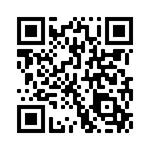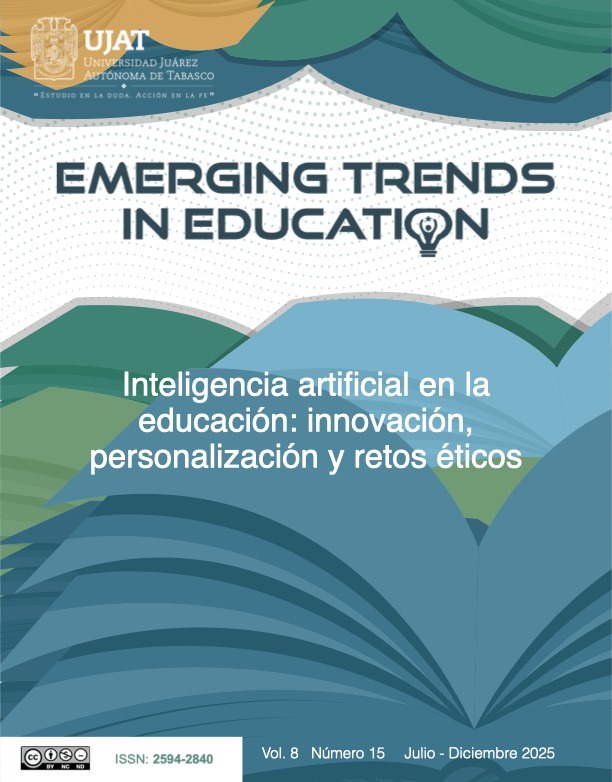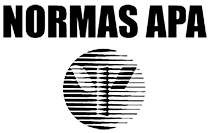

About the Journal
Emerging Trends in Education is a peer-reviewed scientific journal, published every six months (January-June and July-December), during the first month of the declared period. It is edited by the Universidad Juárez Autónoma de Tabasco and aims to create a space for the dissemination of research results in the disciplinary field of education at all levels.
In addition to scientific articles and original and unpublished reviews, it publishes interviews with outstanding academics in the field of education and on topics related to the thematic issues. The journal is aimed at the scientific community and the public interested in educational phenomena that, due to their novelty, could be considered emerging.
It is published electronically and is committed to free access to scientific knowledge, for which reason it does not charge authors for the submission or publication of their texts. It accepts submissions in both Spanish and English.
Current Issue

Artificial intelligence (AI) is rapidly transforming the field of education, offering innovative tools that personalize learning, improve academic management, and facilitate access to knowledge. AI-based platforms allow content to be tailored to each student's individual needs, identifying knowledge gaps and proposing specific activities to reinforce them. However, its implementation is not without challenges; these include the digital divide, technological dependence, and the potential loss of the teacher's critical role in the educational process. Furthermore, important ethical questions arise related to data privacy, algorithmic bias, and transparency in automated decisions. It is essential to ensure that the use of AI in education does not reinforce existing inequalities or unfairly condition students' academic and professional futures. Therefore, its integration must be accompanied by solid regulatory frameworks, adequate teacher training, and a human-centered approach. Technology can enhance education, but it can never replace the fundamental values that underpin meaningful and responsible learning.



























